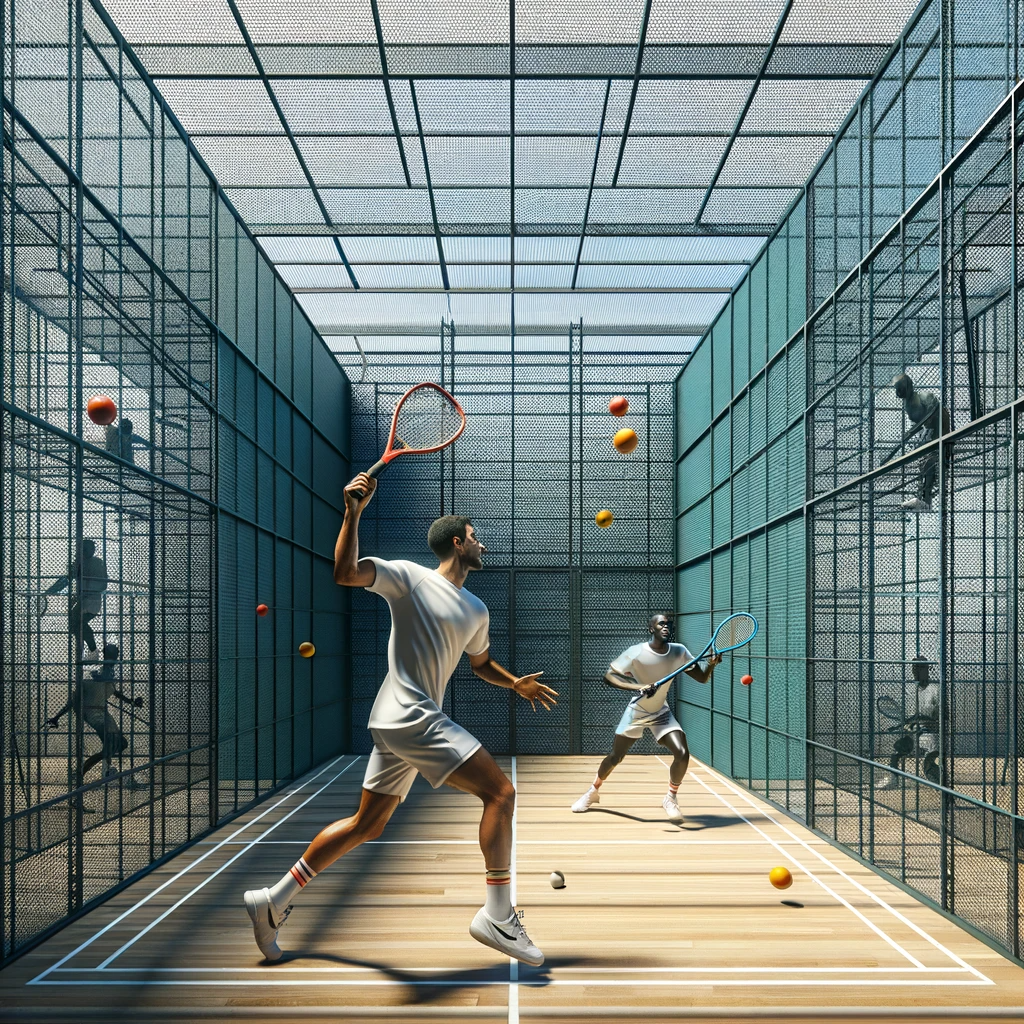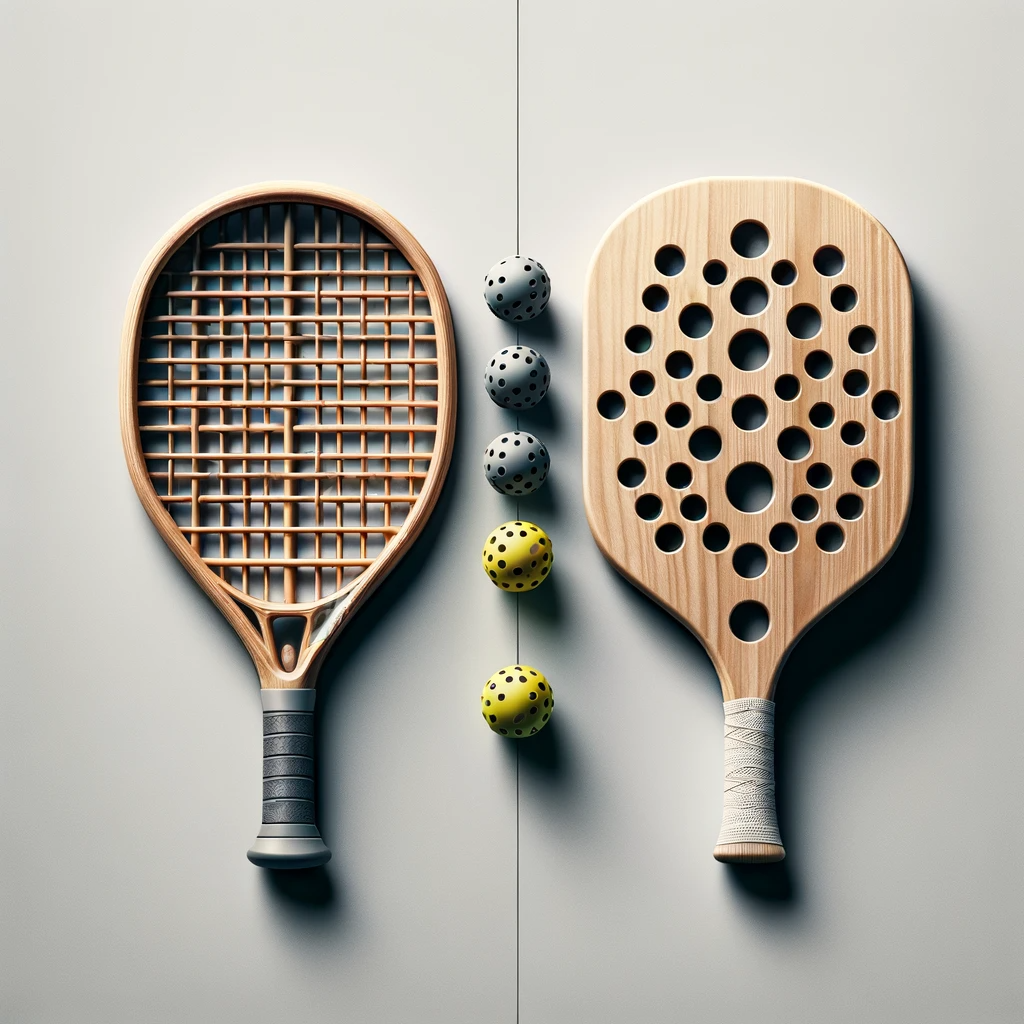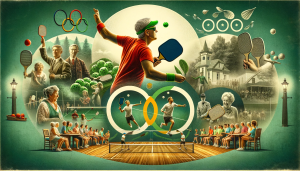In the realm of racket sports, two games have been swiftly gaining attention: Padel and Pickleball.
These sports, while sharing some similarities, offer unique experiences and have been captivating players worldwide.
Let’s delve into the distinct features and fundamental differences of these trending sports.
What Sets Padel and Pickleball Apart?
Padel: A Fusion of Tennis and Squash

Padel is played in an enclosed court resembling a scaled-down tennis court with walls.
These walls are integral to the gameplay, as players can use them to rebound the ball, much like in squash.
The court measures 20m by 10m, with back walls standing 3-4m high.
The net’s height is similar to that in tennis, but Padel uses a solid, stringless racket and a ball akin to a depressurized tennis ball, leading to longer rallies and a different strategy.
Pickleball: A Blend of Multiple Racket Sports

On the other hand, Pickleball is played on a 44 feet by 20 feet court, resembling a badminton court and is open without surrounding walls.
The game uses a solid paddle, larger than that of table tennis, and a unique perforated plastic ball, leading to a distinct playing style.
With rules restricting volleys in the “kitchen” area and a scoring system that goes to 11 points, Pickleball emphasizes precision and strategy over power.
Distinct Elements of Padel and Pickleball
Padel Rackets vs. Pickleball Paddles

Padel rackets are solid and stringless, usually made from materials like carbon fiber.
They are shorter and more compact than tennis rackets, measuring around 45.5 cm in length and 26 cm in width.
Pickleball paddles, a bit larger than table tennis paddles, are often made from advanced materials like graphite, providing a lightweight and durable option for players.
Ball Dynamics
Padel balls are similar to depressurized tennis balls with a rubber core and felt-like material.
They offer a softer bounce and are suited for the enclosed courts and wall play.
Conversely, Pickleball uses a lighter, perforated plastic ball, creating different flight dynamics and a slower game pace, focusing more on strategic placement than power.
Gameplay and Strategy: A Comparative Look
Intensity and Engagement

Padel is generally more intense due to the enclosed court and the ability to play off the walls.
This aspect demands quick reflexes and strategy, as players must constantly adapt to the ball’s rebounding.
Pickleball, with its smaller court and non-volley zone, emphasizes strategic play and precision, often leading to a slightly less physically demanding game.
Which One Should You Choose?

Deciding between Padel and Pickleball depends on your interests and physical capabilities.
If you enjoy the dynamics of tennis or squash and prefer a more intense game, Padel might be your choice.
However, if you’re inclined towards strategic placement and enjoy the nuances of badminton or table tennis, then Pickleball could be more appealing, especially if you’re looking for a sport with a lower physical demand.
In conclusion, both Padel and Pickleball offer unique experiences that cater to different preferences and styles.
As they continue to grow in popularity, more people are discovering the joys and challenges of these sports, making the decision between them a delightful dilemma for sports enthusiasts everywhere.
Whether you choose the intensity of Padel or the strategic play of Pickleball, both games promise a fun and engaging experience.



